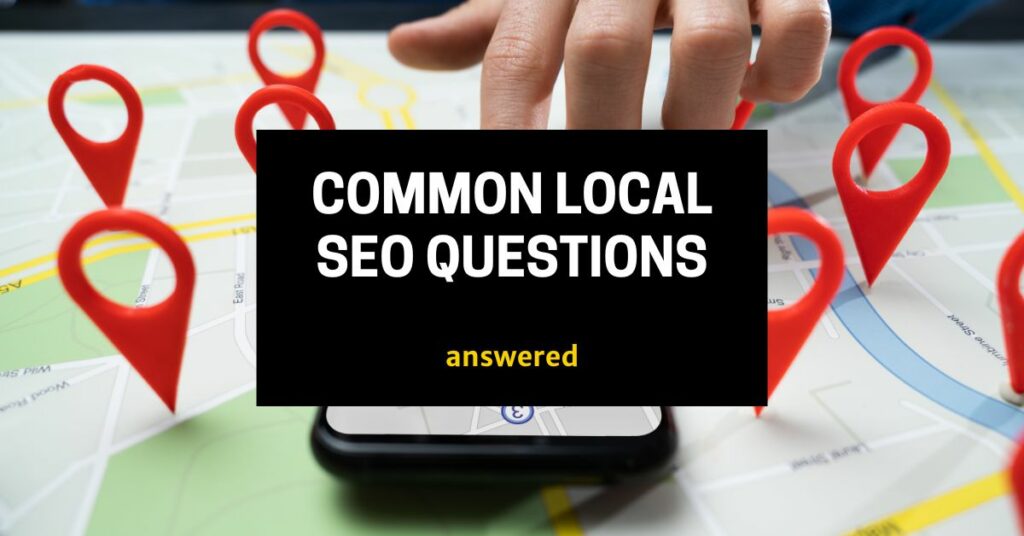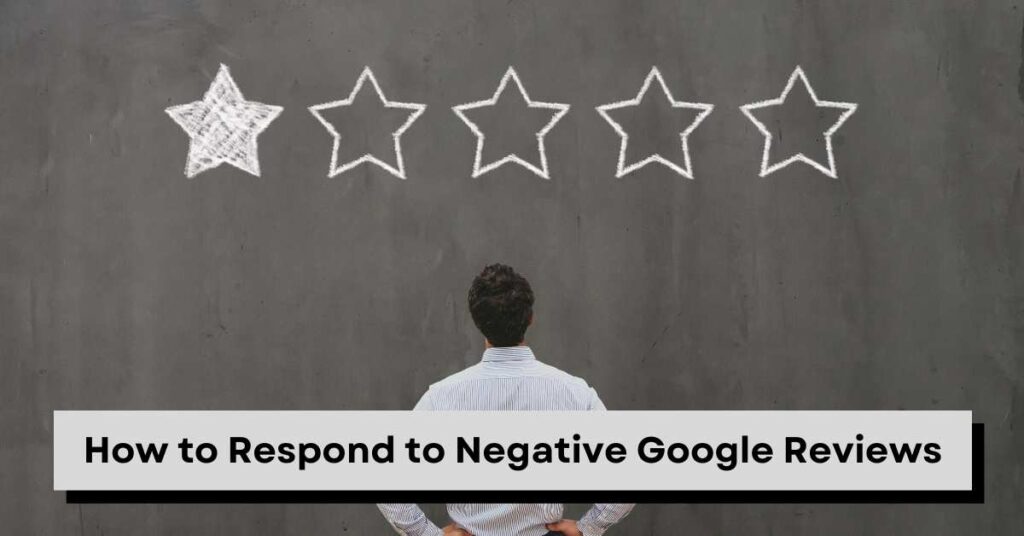In today’s digital world, businesses are constantly striving to generate traffic and growth. The competition online is fierce and search engine marketing can be the key to unlock that growth. In this article, we’ll dive deep into the world of search engine marketing, exploring various tactics and strategies to help you attract more visitors to your website and grow your business.
Table of Contents
Introduction to Search Engine Marketing
Search engine marketing (SEM) is a digital marketing tactic that aims to increase visibility and drive traffic to a website by leveraging search engines like Google and Bing. There are two primary methods of search engine marketing: search engine optimization (SEO) and pay-per-click (PPC) advertising. Both tactics focus on improving a website’s visibility on search engine results pages (SERPs), thus leading to more website traffic and, ultimately, business growth.
SEO vs. SEM: What’s the Difference?
While SEO and SEM are closely related, they’re not the same thing. To better understand the differences between the two disciplines, let’s take a closer look at each:
SEO (Search Engine Optimization)
SEO is the practice of optimizing a website’s content, structure, and design in order to rank higher organically on search results pages. This means you’re not paying for the placement of your website on search engines but rather working to improve its overall quality to be more appealing to them.
SEM (Search Engine Marketing)
SEM is a broader term that encompasses both SEO and PPC advertising. In general, SEM refers to the overall strategy for increasing a website’s visibility on search engines, whether through organic SEO efforts or paid advertising methods.
Mastering Keywords: The Backbone of SEM
Keywords are the foundation of any effective SEM strategy. They are the terms and phrases that users type into search engines when looking for products, services, or information online. By targeting the right keywords, you can increase the chances of your website appearing in the results when users search for those terms.
Keyword Research
To start, you’ll need to conduct keyword research. This is the process of identifying the most relevant keywords to target for your specific niche or industry. There are several tools available, such as Google Keyword Planner and SEMrush, which can help you find the best keywords for your website.
Long-tail vs. Short-tail Keywords
Understanding the difference between long-tail and short-tail keywords is also vital. Short-tail keywords are more general and tend to have higher search volume, but they also come with more competition. Long-tail keywords, on the other hand, are more specific and have lower search volume, but they are usually less competitive and can provide better-quality traffic. Combining both types of keywords in your strategy is the key to SEM success.
On-page and Off-page Optimization
Optimization is an essential component of SEM, and it can be divided into two categories: on-page optimization and off-page optimization.
On-page Optimization
On-page optimization refers to the changes you can make on your website directly to improve its rankings on search engines. Some of the main factors include:
- Title tags: These should be unique and descriptive, containing the targeted keyword for each page.
- Meta descriptions: A brief summary of the webpage content, which should include targeted keywords and encourage clicks.
- URL structure: Keep it simple, descriptive, and include your target keyword when possible.
- Heading tags (H1-H6): Use these to structure your content and integrate targeted keywords.
- Content quality: Create high-quality, informative, and engaging content that appeals to both users and search engines.
Off-page Optimization
Off-page optimization refers to factors outside of your website that can affect its rankings. The most significant part of off-page optimization is backlinks, links on other websites that direct users to your site. These act as votes of confidence and can significantly affect your search engine rankings. Some methods to acquire high-quality backlinks include:
- Guest posting on reputable websites
- Creating share-worthy content that others will want to link to
- Participating in online communities and forums related to your niche
Ad Campaigns: Achieving More with Paid Advertising
While SEO can lead to long-term organic growth, paid advertising can be an excellent way to get immediate results. The two most popular platforms for PPC ads are Google Ads and Bing Ads. Setting up a successful ad campaign involves the following steps:
- Choose the right keywords
- Create eye-catching ad copy
- Set a daily budget and bids for your keywords
- Optimize your ad campaign over time based on its performance
Keep in mind that PPC advertising can be costly if not managed properly, so it’s crucial to have a well-defined strategy and continuously monitor and optimize your campaigns.
Analytics: Measure Your Success and Adapt
Monitoring and measuring the performance of your SEM efforts is vital to ensure continuous improvement. Tools like Google Analytics can provide you with valuable insights into website traffic, user behavior, conversion rates, and more. By analyzing this data, you can make informed decisions to further optimize your website and ad campaigns for better performance.
Conclusion: Time to Drive Traffic and Growth
Search engine marketing is an essential component of any business’s online marketing strategy. By understanding the difference between SEO and PPC, mastering keywords, optimizing your website, and analyzing your performance, you can drive more traffic to your website and ultimately achieve your desired growth.







